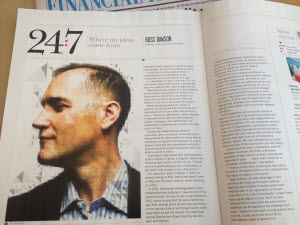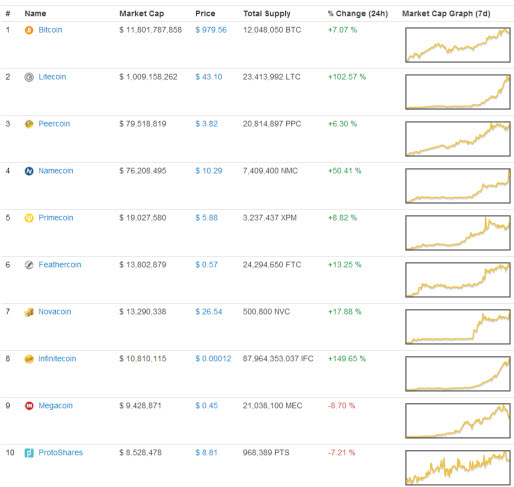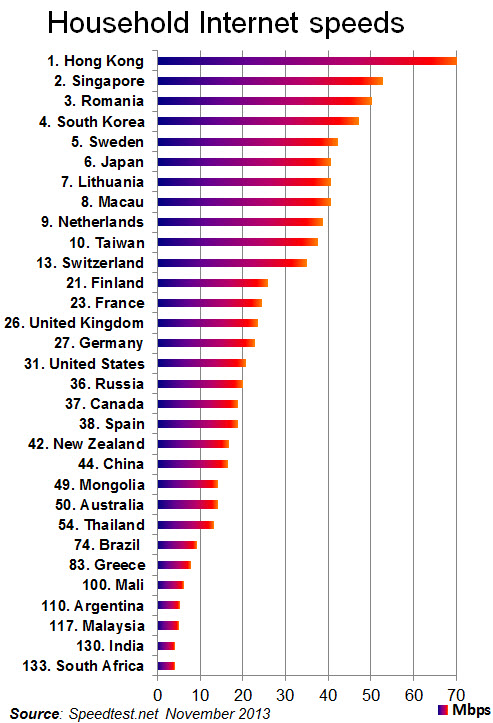In the future we will have relationships with our homes
Today I was interviewed on The Daily Edition about the homes of the future.
Click on the image to watch a video of the segment.
The future of homes is a very rich topic that goes far beyond the usual chatter about internet-enabled refrigerators and integrated entertainment, and we weren’t able to cover much in a TV panel format.
However the main point that I made is that in the future we will have a very real relationship with our homes. Now homes are somewhere that we reside, and while we can shape them to our personalities, it is not currently a two-way relationship.
As we move forward, our relationship with our homes will comprise many elements.
Read more →



 Today’s
Today’s 

